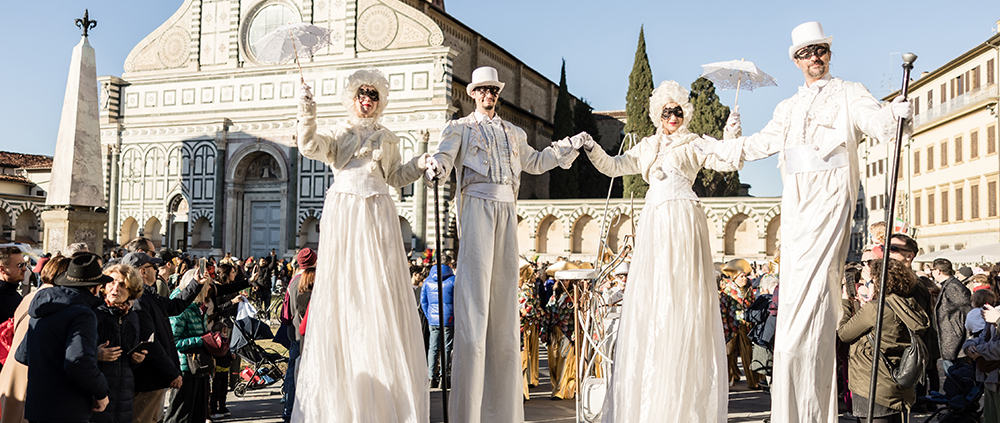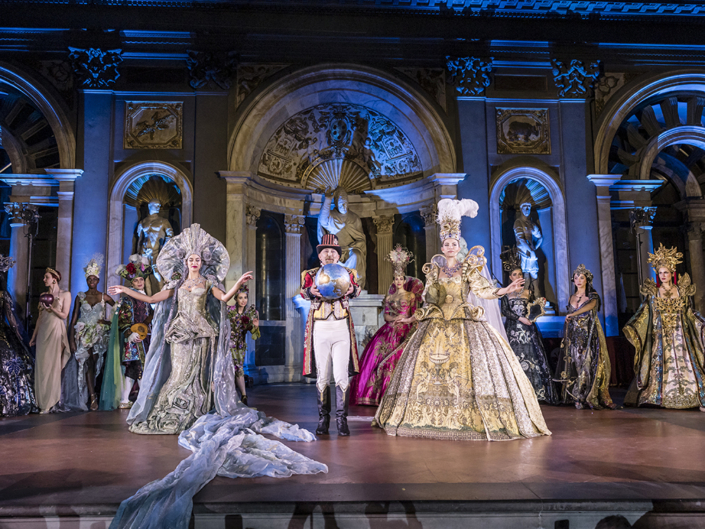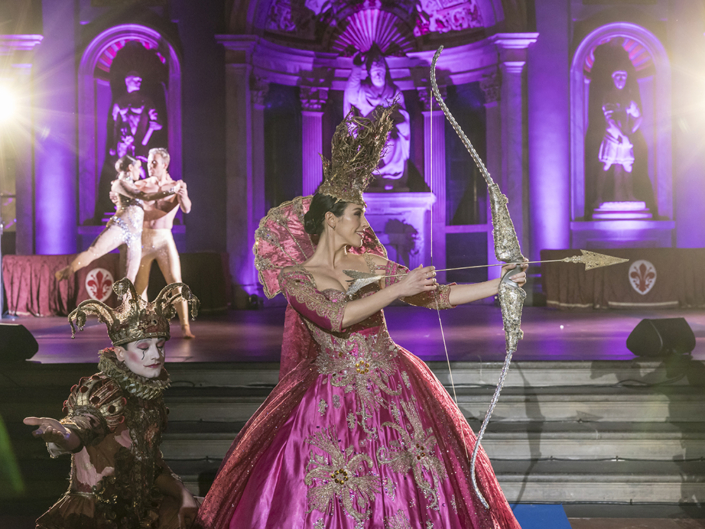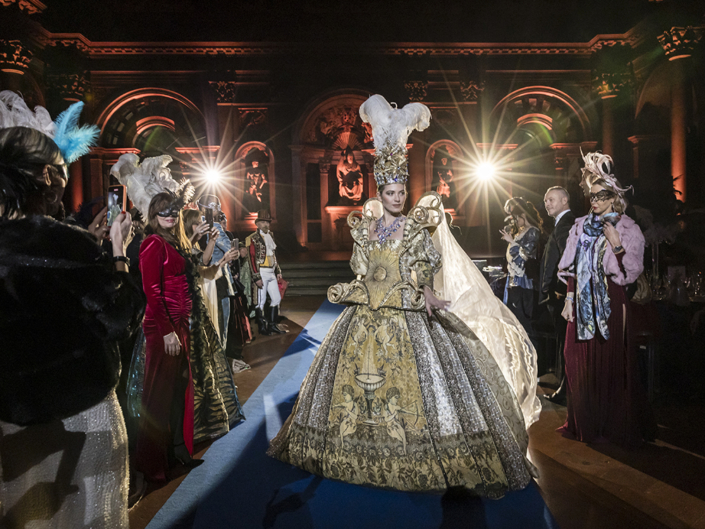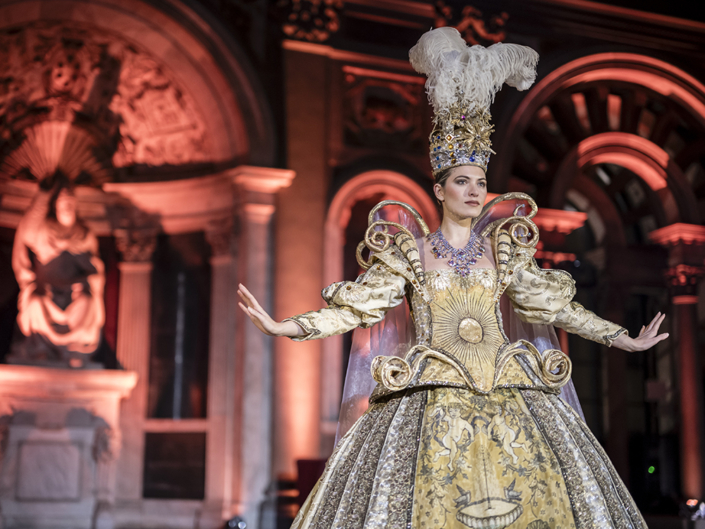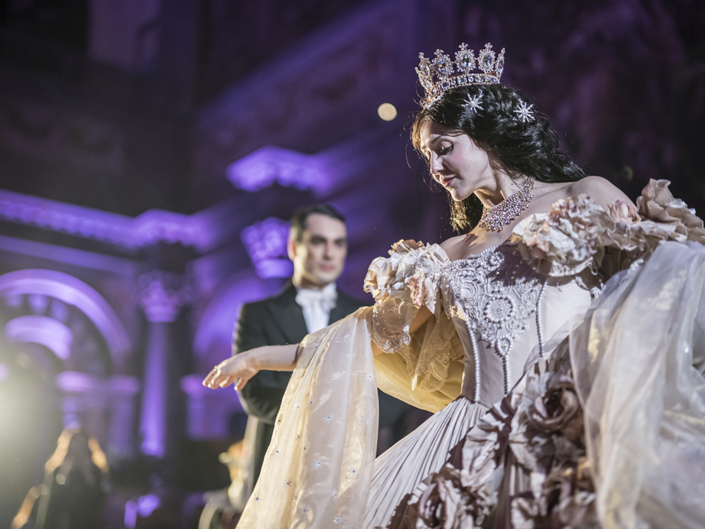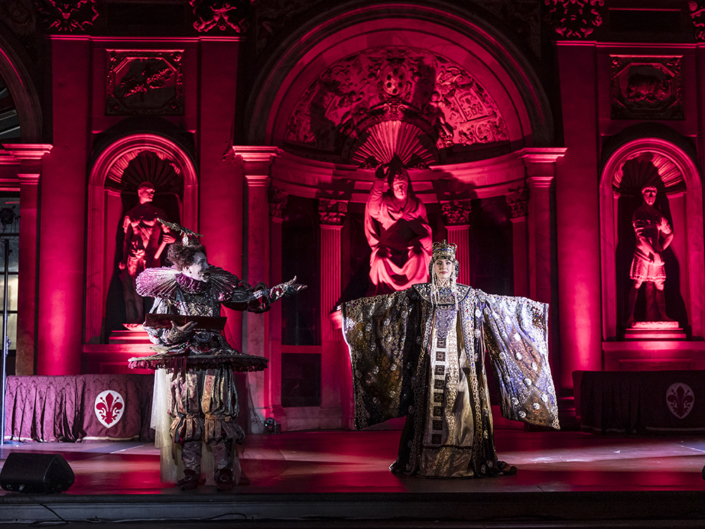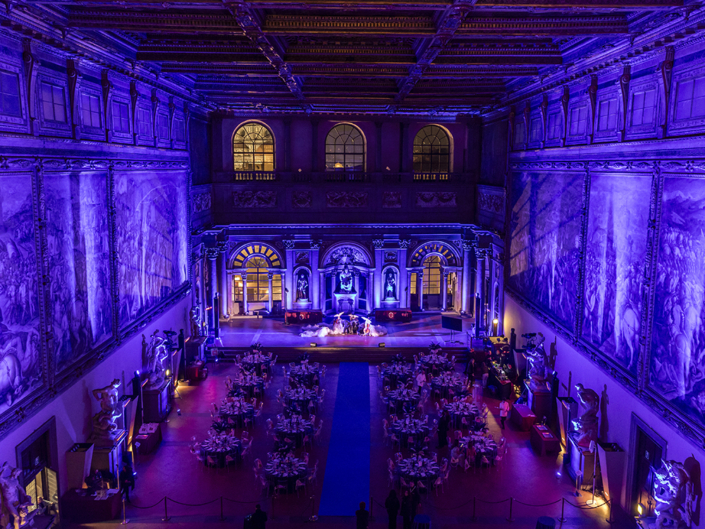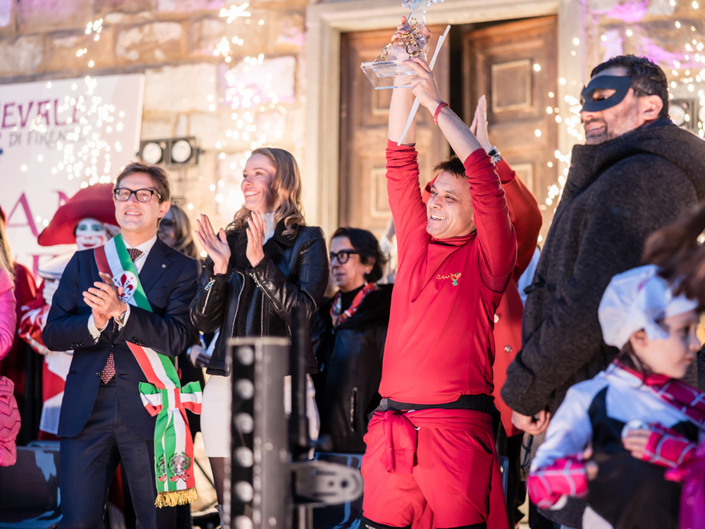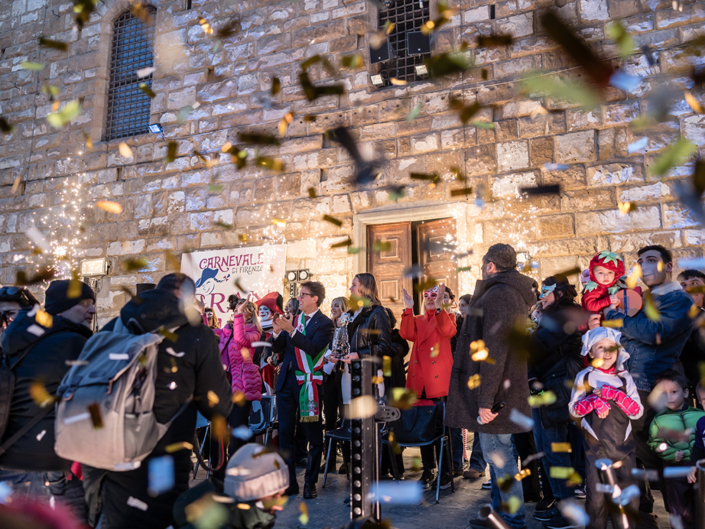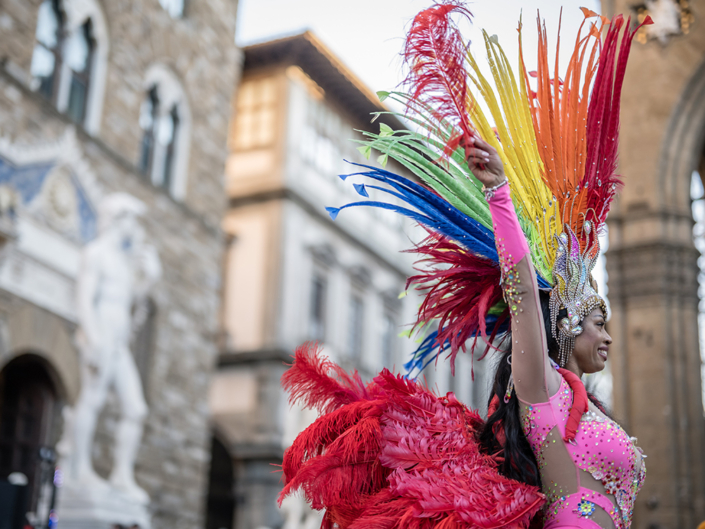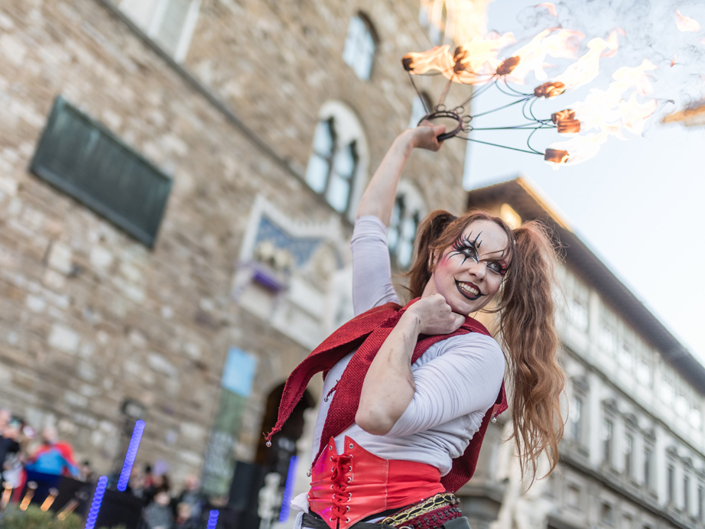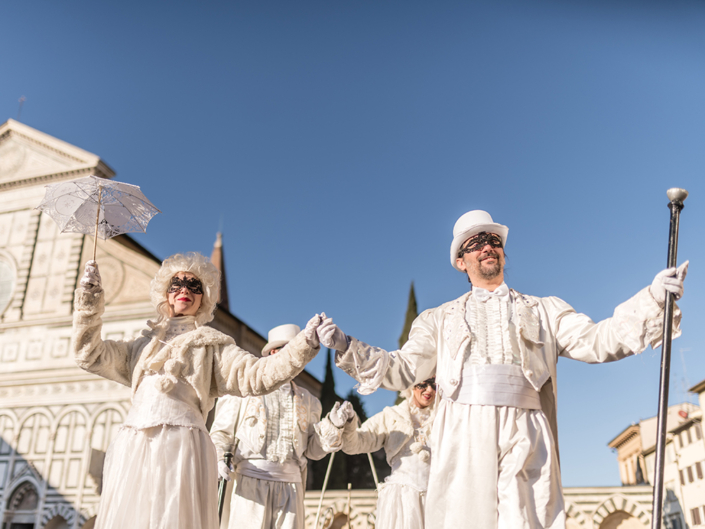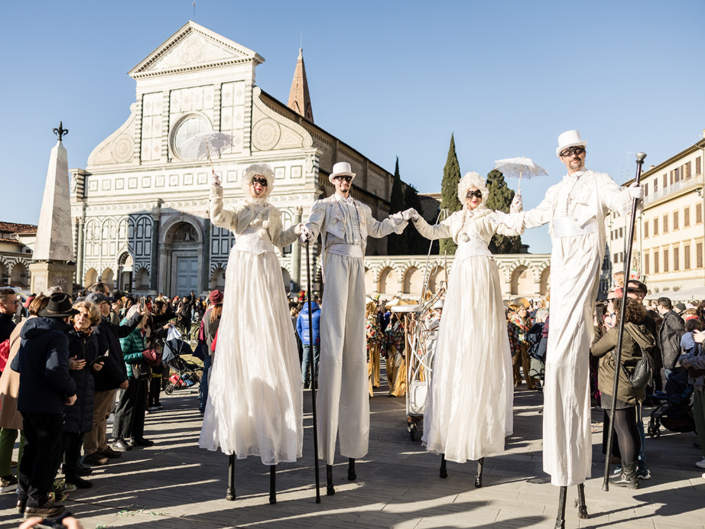Carnival in Florence: An Explosion of Colors, Traditions and Joy!
Carnival, one of the most beloved holidays in the world, is a magical time when the streets are filled with bright colors, contagious laughter and overwhelming joy. This festival, celebrated in many parts of the world, has a history full of fascinating traditions and deep meanings. In this article, we will explore the essence of Carnival, examining its origins, its most iconic traditions and how, even in Florence, it is coming back into fashion.
Origins of Carnival: A Festival with Ancient History
The origins of Carnival date back to ancient Rome, where it was celebrated as a pagan festival in honor of the god Saturn, symbolizing the exit from winter and the arrival of spring. Over time, this celebration has evolved and spread throughout the world, taking on unique characteristics in different cultures.
But it is precisely in Florence, at the time of the Medici, precisely of Lorenzo the Magnificent, that this holiday takes on great importance. Around 1490, Lorenzo wrote the famous carnival song dedicated to Bacchus and Ariadne, sung by a choir and accompanied by music: Whoever wants to be happy, let him be: there is no certainty of tomorrow. In this period, in Florence, the tradition of floats called triumphs (made of wood and jute) spread, which allowed the days preceding Lent to be celebrated in a lively, curious and crowded way by both commoners and nobles.
In the eighteenth century, under the rule of the Lorraine family, the habits and customs during Carnival were transformed: the float parades were joined by balls and balls in the theaters (starting with the La Pergola theatre, the oldest theater in Europe, where also debuted operas and comedies for the occasion). Between the 19th and 20th centuries, dances were organized under the loggias of the Mercato Nuovo and near that of the Lanzi and when the nobles and lords arrived they could also become the subject of jokes and jokes. Everything changed in the immediate post-war period: after 1918 the balls began again in the rich homes and the desire to dress up returned, as happened in Venice, while the allegorical floats of the masquerade courses moved to Viareggio, where, in 1921, on the Viali a mare the first parade accompanied by music took place.
Iconic Traditions: Masks and Costumes.
The Magic of Carnival in Florence: A Celebration of Joy and Freedom; an extraordinary union with Venice and Viareggio.
One of the distinctive features of Carnival are the elaborate masks and lavish costumes worn during the festivities. These costumes can vary from the traditional ones, such as those of Harlequin and Pulcinella in the Venice Carnival, Stenterello symbolizing the Florence Carnival, to the more modern and creative, inspired by characters from popular culture or fantastic themes. Beyond its historical origins and its iconic traditions, the true heart of Carnival lies in its ability to bring joy, emotions and fun. For 2024, the Florence Carnival Cultural Association, which has the aim and ambition of restoring this ancient Florentine tradition, wanted to dream big by creating a two-day event, which was held last 27 and 28 January, at sign of great celebrations.
First appointment: A gala dinner at Palazzo Vecchio, in the Salone dei Cinquecento, symbol of the civil power and administration of the lily city.
For the extraordinary occasion, Antonia Sautter, stylist and creator of the famous Doge’s Ball in Venice, was invited as curator of the evening. “Queens at the Palace”, this is the theme chosen for the parade-show which wanted to tell, in the light guise of a carnival fairy tale, the power of joy, sharing and creativity. Many Queens of history, from Caterina de’Medici to Caterina Cornarono, Elizabeth I of England, Eleonora of Toledo but also Queens of the Imaginary such as Titana – queen of the fairies and the Queen of Love and Night. A triumph of haute couture was staged among precious silks, sumptuous costumes and powerful emotions, making international guests relive, for one night, a new Renaissance.
The following day, however, thanks to the precious support of the Viareggio Carnival, one of the key themes of the ancient tradition was revived: the parade. An atmosphere of celebration and wonder for adults and children during which the streets of the Tuscan capital came alive with musicians, dancers, artists and fire eaters.
In conclusion, Carnival is much more than just a party. It is a unique experience that celebrates life, creativity and tradition, giving moments of joy and carefreeness.

